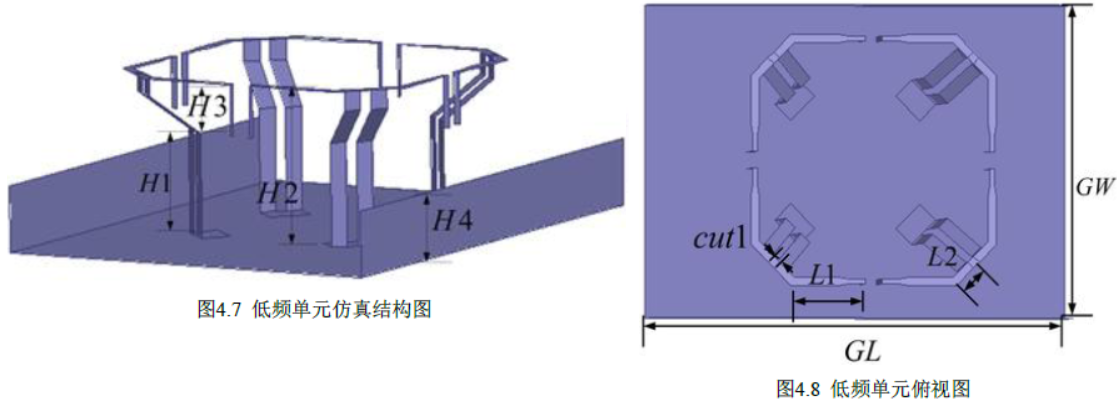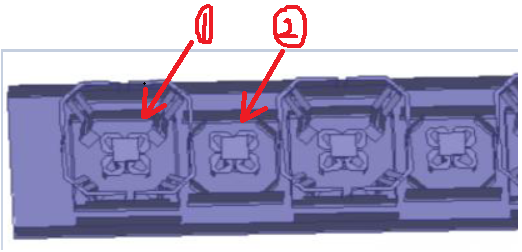Antenna, at Where to refine structure local mesh to improve computation precision?
When we use HFSS or CST to simulate antenna (unit or array), at where we should/can manually increase/refine the local mesh of structure to improve computation precision? Please take a look at the attached pictures of unit and array. Thank you.
If you know please kindly let me know. Thank you very much.
Sincerely,
Jing



It's difficult to say without knowing how your antenna is supposed to work.
If you know, it's quite simple: you want the areas of highest mesh density to coincide with the regions of highest field intensities.
Hi PlanarMetamaterials,
Glad to see you again. We have a lot of discussion several years ago. The posted model is a "dual linear 45 degree slant polarization antenna array".
Is it possible to give me a little bit more details of your comment of "highest mesh density to coincide with the regions of highest field intensities"?
Thank you very much.
Sincerely,
Jing
Hi Jing, it is good to see you again.
The reason why a higher mesh density is needed for the highest field intensities is because generally, the strongest fields are predominantly responsible for the operation of a device. Therefore, having a looser mesh (and as a result, slightly less accurate field solutions) in areas of less field intensity won't contribute much to the inaccuracy of the simulation. The compliment is also true -- for high field intensities, you want to have a large mesh density to best approximate the actual field structure, because any small differences with real life may contribute largely to the inaccuracy of the simulation.
Based on the look of your antenna, I would surmise that these regions are the gaps in the tops of your "mushroom"-like structures.
Good Luck!
Sorry for my poor skills. I am not very sure for your words of "the gaps in the tops of your "mushroom"-like structures".
Is it the area indicated by the red arrows in the following attached picture? Thank you.

Just below those -- you have what looks like a solid patch, with four other offset patches beneath, each of which has gaps in it. I can't be sure, but this might be the location.
The best way to find out for sure is to do a course simulation, and observe the fields yourself.
